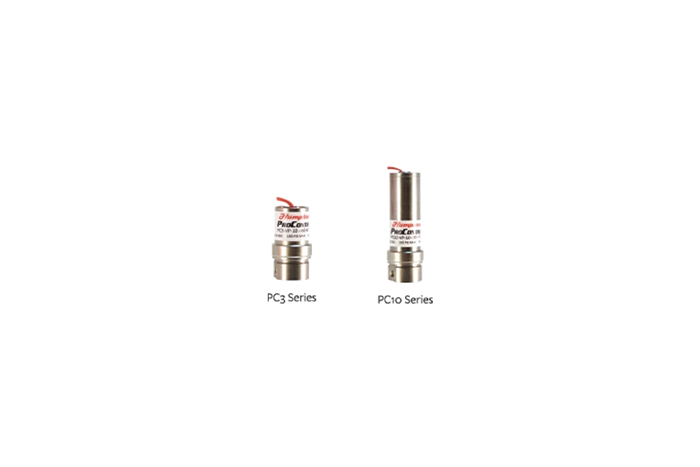The Role of Medical Ventilation Valves in Respiratory Devices
Medical ventilation valves are crucial for respiratory device operation and patient comfort. They’re suitable for various medical devices, including ventilators, oxygen concentrators and nebulizers. Different ventilator modules require slightly different valves for specific functions.
Types of Medical Valves
Flow control valves: A flow control or proportional valve regulates the movement of air, oxygen and other gases. It alters the size of the valve opening to adjust the media flow rate and creates a breathing mode for patients. Flow control valves are compact but can manage high-flow applications. They also conserve medical gases by reducing the risk of leaks.
Exhalation valves: This type of proportional ventilation valve regulates pressure so patients can exhale comfortably. Exhalation valves are controlled by slight changes in air pressure and adjust to suit your unique application requirements. They’re also used to maintain pressure if a patient has a damaged lung.
Auto zero calibration valves: An auto zero calibration valve is set as a reference point. It creates a controlled environment with no airflow or pressure. That establishes a baseline that supports the accuracy of subsequent transducer measurements that control other ventilation valves in devices.
The Benefits of Using Medical Valves in Respiratory Devices
Sizing
The compact design of medical ventilation valves enhances their efficiency in respiratory applications. Their size allows for precision flow control, which is crucial for patient safety and comfort. Despite being small, medical valves can handle high-flow respiratory applications.
The versatile design allows medical valves to establish appropriate oxygen levels based on a patient’s size, age and breathing restrictions. The size is necessary for portability, too, so patients can receive oxygen therapy and breathing support anywhere.
Spacing
Medical ventilation valves can integrate seamlessly into respiratory equipment that requires additional components and accessories. Their compact construction allows operators to optimize respiratory function while conserving space in the equipment.
Medical ventilation valves reduce dead space, which is the volume of unused gas in a valve in a metering application. Limiting that space improves volume accuracy in gas delivery applications.
Performance
Consistency is crucial to patient comfort and effective therapeutic solutions. Medical ventilation valves let operators regulate the flow and pressure of gases to maintain a stable breathing environment at all times. Preventing interruption and irritation can ease patient anxiety. These valves also prevent excess gas from building up in tubing, minimizing wasted media and conserving resources.
Custom Medical Valve Solutions from Humphrey Products
Humphrey has built a reputation for creating innovative valves for medical equipment. We can customize our valves to suit the unique specifications of your application. Contact our expert team to learn about our products or request information on our medical valves.

